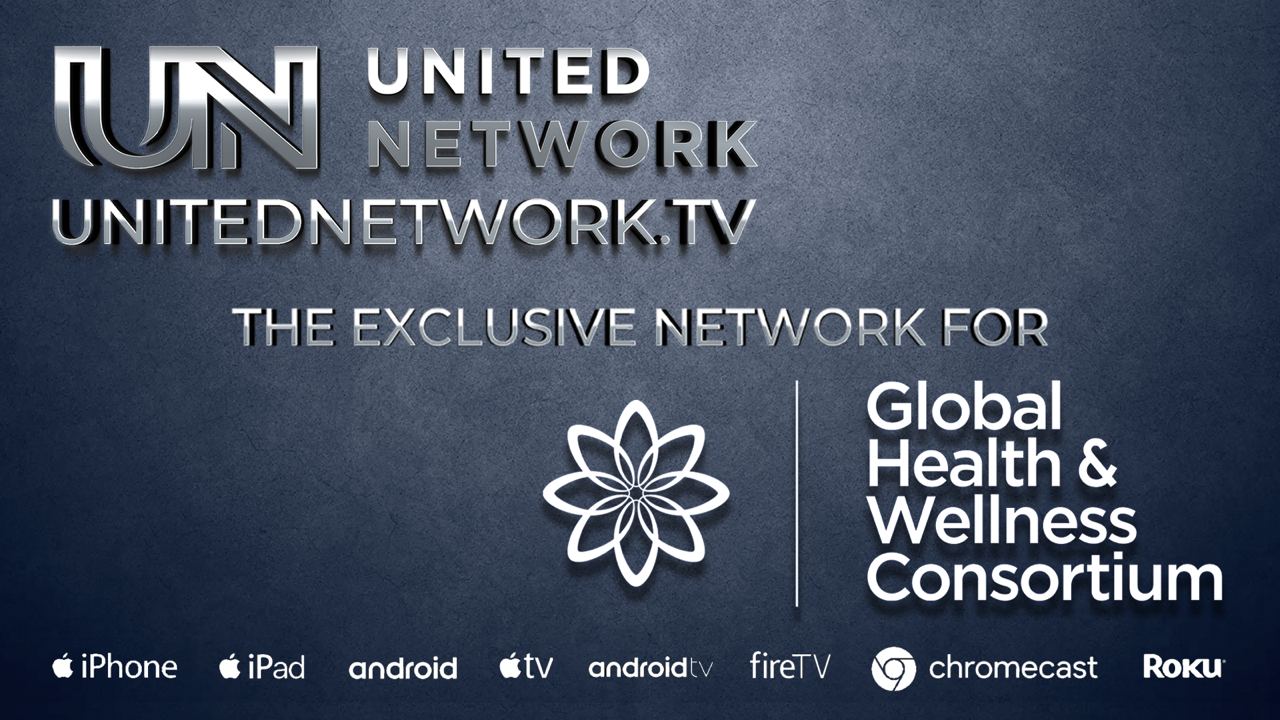Cerebrovascular Accident (Stroke)
By Dr. Val & Noeline
Stroke is a leading cause of death or disability. Stroke can kill instantly or be delayed. Also known as a Cerebrovascular Accident (CVA), it occurs when something blocks the flow of blood to an area. This can be from a blood clot, a plaque that breaks loose from an artery, a clump of "vegetation" from a bacterial infection, an air bubble, or a fat globule. There are two types of stroke: hemorrhagic (bleeding due to rupture of a blood vessel) and ischemic (blockage of blood flow). Those two types require distinctly different treatments.
Symptoms of a stroke are paralysis of one side of the body, difficulty speaking, swallowing/eating, difficulty understanding speech, numbness, vision problems, severe headache, loss of consciousness, dizziness, slurred speech, lack of coordination/balance when walking, and/or memory loss. Symptoms of a stroke require immediate evaluation by a physician. Even then, some stroke activity can be completely missed by the tests, only to lead to death after leaving the hospital.
Note: If the obstruction hits the brain, it is commonly called a stroke. In the heart, it is called a myocardial infarction/heart attack. In other areas it is called an ischemic stroke. Due to blocking the blood flow, the organ the flow is going to can suffer tissue death of some degree. If flow is not restored in time, this can lead to death of the organ. Depending on the organ involved, this can also lead to sudden death of the body.
Conventional Medicine
Physical exam, lab tests, ECG (electrocardiogram) and CT or MRI scans help to determine what type of stroke has occurred—but in some cases are not definitive. Blood tests will usually include CBC with differential, lipid panel, CMP/SMAC (blood chemistry), PT/PTT and D-dimer, FDP. Radiologic tests may include a head/neck X-ray, CTscan or MRI, Cerebral Angiogram, or Carotid Ultrasound.
Treatment for an ischemic stroke involves an intravenous clot-buster such as tPA (Tissue Plasminogen Activator), which can be given up to 4.5 hours after a stroke. An endovascular (in the blood vessel) procedure to remove an obstruction or inject a clot-buster might be used, depending on what the tests show. Carotid endarterectomy may be used to remove clots or plaque from the carotid arteries. Angioplasty and stent placement might be performed in some cases, to keep the artery open.
Treatment for a hemorrhagic stroke involves stopping the bleeding. If caused by overdosage of blood thinners, medications to counteract those medications will be given. Surgery may be required to repair the ruptured blood vessel/aneurysm and remove excess blood and/or clots. Stents or coils may be placed inside the artery to prevent further rupture. In the case of AVM (AterioVenous Malformation), surgery or Steriotactic Radiosurgery (focused radiation) may be used.
Recovery after stroke usually involves PT (physical therapy), ST (speech therapy) and/or OT (occupational therapy), diet/lifestyle changes, and supportive mental health care (psychologist/psychiatrist, spiritual counselor, social worker), anticoagulants or fibrinolytics, anti-hypertensives.
Alternative Medicine
The same tests as above may be utilized by an alternative medicine physician (if allowed by the patient). If emergent care is needed, the patient will usually be sent to a hospital for emergency treatments as listed above.
The use of Mucokehl D5 from the Sanukehl range of isopathic homeopathic remedies is highly beneficial for any kind of blood clot and therefore is prescribed by a homeopath for the eventuality of a stroke (or heart attack).
Post-stroke care will address precipitating factors such as high blood pressure, diabetes, stress, constipation, infection, and parasites. Recovery methods as listed above will also be recommended. Further alternative methods of treatment will not be discussed here as such a serious matter of a stroke really should be handled by a physician (N.M.D/N.D., D.C., O.M.D.). For post stroke rehabilitation, Sound therapy has been very successful in rewiring the brain. The Listening Centre Homepage This is the Canadian sound therapy center, Filtered Sound Therapy (family-focus.co.nz) New Zealand.
(C) 2021 Dr. Valerie Olmsted All Rights Reserved Worldwide








